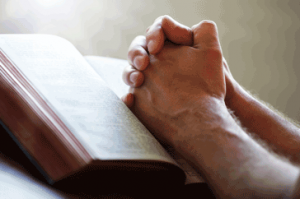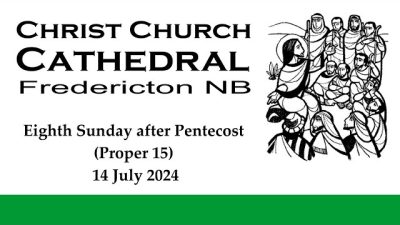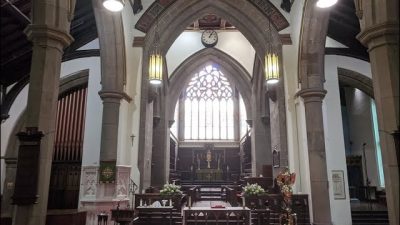This summer we are pleased to have two young people in the congregation serve as our summer tour guides for July and August – Isabelle Gaudet and Keely Rutter. Isabelle and Keely began their work at the beginning of July after having been trained by the Cathedral Verger, Hank Williams. They will be in at […]
July2016
Liberian refugee family has arrived!
With a violent civil war and years in a refugee camp behind them, Phillip, Esther, Arene and Catherine flew more than 10,000 kilometres from Abidjan, Côte d’Ivoire, to Brussels to Montreal to Fredericton this week. The long trip is only the start of their challenging journey. A smiling welcoming committee waved balloons, welcome […]
Waiting for the family
On July 26th a family of four Liberians, who fled a civil war and who have been living in a refugee camp for six years, will board an airplane in Côte d’Ivoire, West Africa, and start winging their way toward Canada. The family will find a clean, fully furnished, comfortable, bright, three-bedroom apartment waiting for […]
Community and Growth
Community and Growth By: Jean Vanier Paulist Press / 1991 / Paperback / 331 pages Darton Longman and Todd / 2006 / Hardcover / 352 pages Jean Vanier has authored some 30 books that reflect the many causes and concerns that have come together to shape his life. Educated in England, France and Canada, Vanier […]
NotaBle Acts Theatre Festival 2016
NotaBle Acts is a theatre company dedicated to the development and production of new plays by aspiring and established New Brunswick dramatists. This focus can be seen even in their name; yes, the capital N and B in NotaBle Acts stand for New Brunswick! The Cathedral is pleased to host “First Sight” written by […]
Bishop’s Pastoral – 13 July 2016
A Pastoral Letter to the Diocese of Fredericton Concerning Proposed Amendments to Canon XXI of the Anglican Church of Canada (The Marriage Canon). First Reading Carried at the Meeting of the General Synod Held in Toronto, July 7th – 12th 2016. July 13, 2016 Dear Friends, I have taken a day to reflect upon the […]
Cathedral Faces – The Decken/Lazaris Family
The Decken/Lazaris family consisting of Dad – Andreas, Mom – Roula and 14 year old Hannah worship at 11:45 a.m. on Sundays. After searching around for a home Church as newcomers to Fredericton, a good friend suggested that they might enjoy “11:45 at the Cathedral” and they’ve been regulars ever since. Andreas came to Canada […]
General Synod 2016 Presidential Address
Archbishop and Primate of the Anglican Church of Canada Fred Hiltz opened General Synod 2016 with a moving Presidential Address on Thursday. He framed his address, recognizing the mixed feelings with which the Synod gathered, with those of delight, angst and yearning. Delight With you I am much heartened by the commitment of our church […]
Member Visitation 2016 – Report
It has been approximately 14 years since Christ Church Cathedral conducted an “all members” visitation initiative. Church development literature indicates that healthy churches are those that regularly conduct both “in-reach” and outreach; people need to feel a strong and sustained connection to their church community. Having a new Dean and a renewed Bishop and Chapter, […]
Cathedral Pewtersmiths just keep on giving
The Cathedral Pewtersmiths officially ended their long association at the Cathedral in June 2016, with the presentation of a cheque to Dean Geoffrey Hall. President Charles Davies was pleased to present $11,896.13 during the Guild of St. Joseph summer BBQ event on June 9th,.2016 This represented the final installment of the more than $120,000 the […]




























Recent Comments